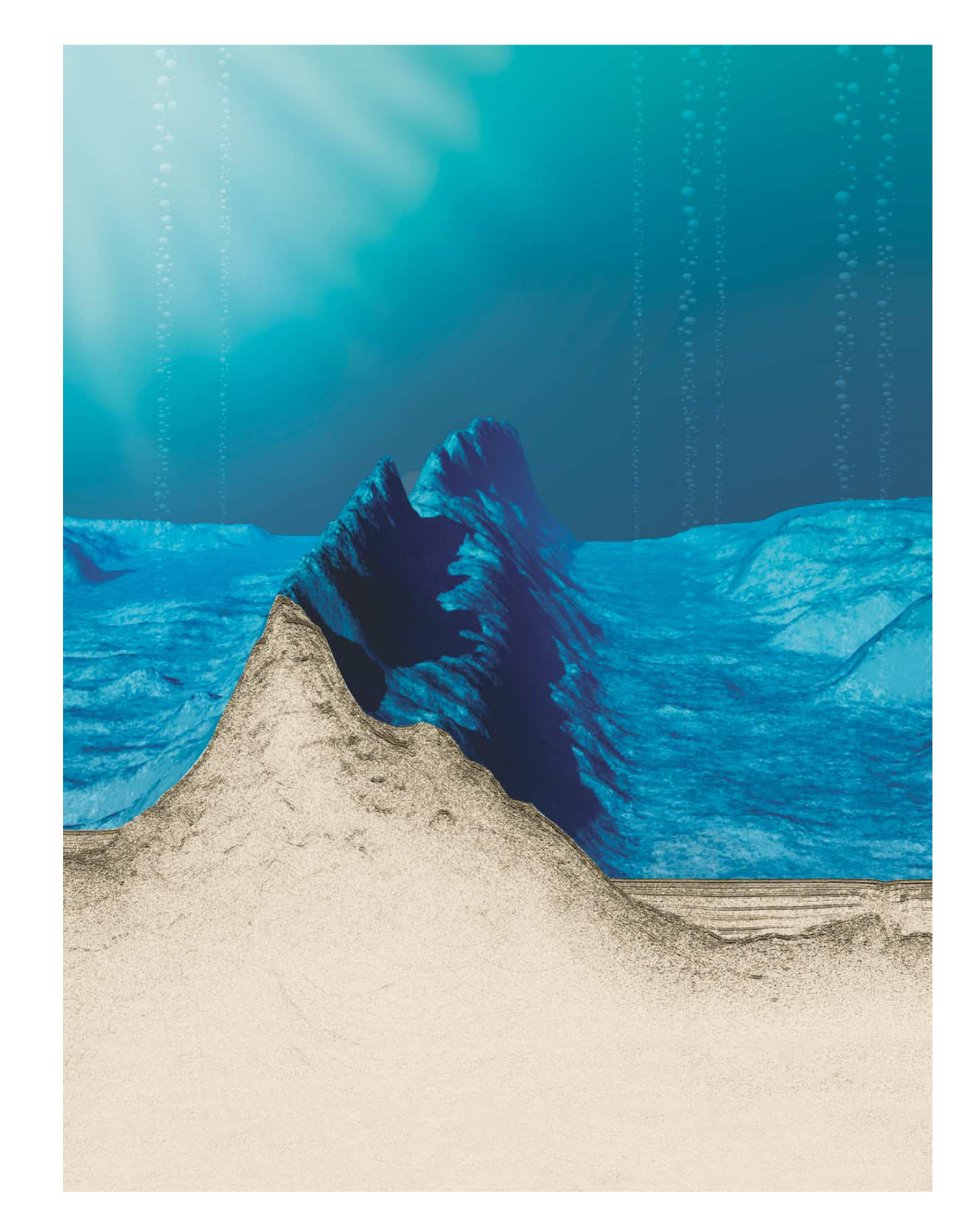The oceanic lithosphere covers 2/3 of our Planet: understanding how it forms and evolves is a major challenge in the Earth sciences. New crust is continuously being created by partial melting of the upwelling mantle; and the melt rises towards the ocean floor, cools, solidifies and is then 'rafted' away to either side of the ridge by seafloor spreading. Mid-ocean ridge (MOR) topography, structure and composition indicate that near zero age processes of lithosphere formation vary along ridge axis. The zero-age view, however, gives little useful information about the geometry and dynamics of the flow of matter through the region of the mantle where melting occurs, or how this flow may vary with time; a question critical for our understanding of how ocean basins evolve. Variations through time of MOR's thermal regime and/or composition should be recorded in lithosphere lying at increasing distances from ridge axis along sea floor spreading flow lines. However, older lithosphere is normally covered by sediment and not easily accessible to high-resolution observation and sampling.
An uplifted sliver of oceanic lithosphere (Fig. 1), exposing in the central Atlantic a ~20 Myr long record of creation of lithosphere at a Mid Atlantic Ridge segment, gave us the opportunity to study temporal variability in the formation of lithosphere, to estimate the upwelling velocity of the mantle below the Ridge and to determine whether passive or dynamic models of creation of oceanic lithosphere prevail at slow-spreading ridges. The degree of melting of the mantle upwelling below the Ridge, estimated from the chemistry of peridotites, as well as crustal thickness, inferred from gravity, show ~3-4 Myr long oscillations superimposed on a long-term steady increase with time. This correlation implies that the observed variation in crustal thickness depends on variations in mantle temperature and flow geometry. Dynamical calculations predict flow variations restricted to the deeper, water-bearing, and hence low-viscosity, part of the melting regime; intervals of active flow deliver hotter material to the shallower, high-viscosity part of the melting regime. These episodes of rapid flow can explain time intervals of high crustal thickness. The overall 20-Myr thickening trend may be related to long-term warming of the mantle beneath the equatorial Atlantic, caused by southwards flow of mantle from 'hotspots' in the North Atlantic.
The variations seen in the signals indicating crustal thickness and the extent of peridotite depletion are correlated, but there is a phase lag of 22 km between the two signals. Melt migration is much more rapid than solid flow through the melting region, so there would be a time delay between melt extraction from a given parcel of peridotite to create basalts, and the eventual emplacement of that same peridotite as a residue at the base of the lithosphere. The oscillation signals carried by the melt volume and by peridotite chemistry propagate upwards at different speeds and are recorded at different times, being spatially offset by the plate spreading rate. We used the observed phase lag to calculate a mantle upwelling rate of 25 mm/yr, faster than the rate at which the plate is moving away from the ridge and hence is consistent with a component of buoyant flow.
This research is in progress; we plan an additional expedition to complete sampling and acquisition of geophysical data along this uniquely exposed lithospheric section.
Vedi anche:
Immagini:

